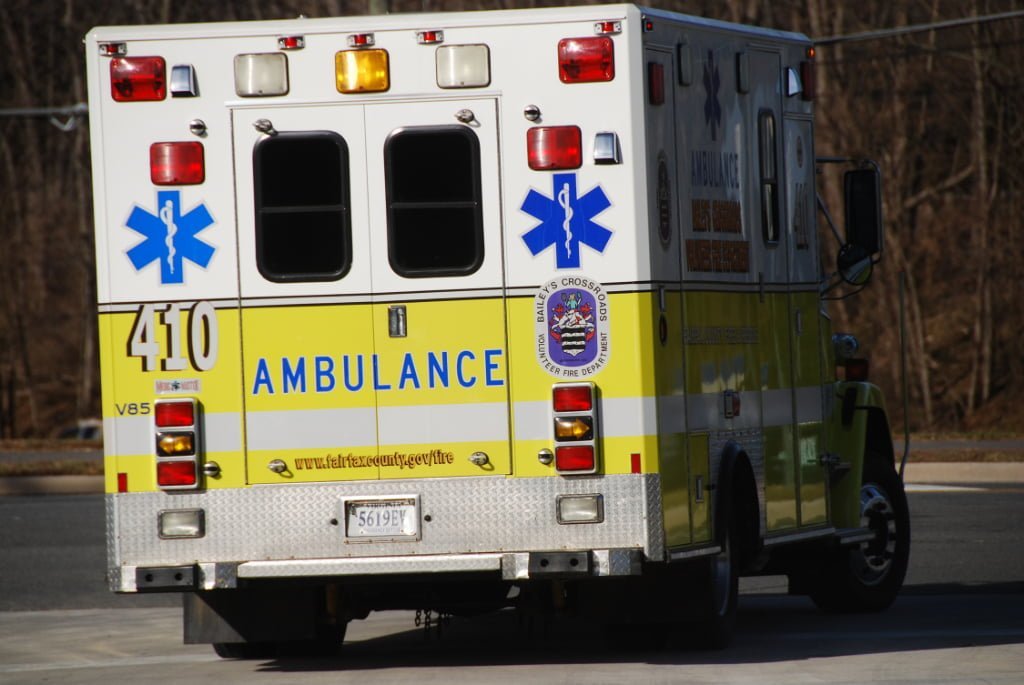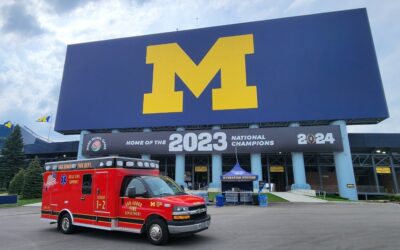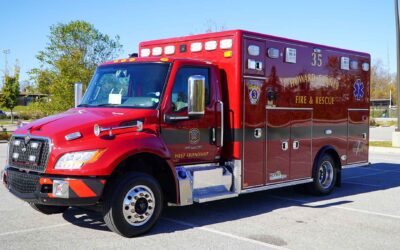
Photo/National Highway Traffic Safety Administration
By Jason D. Haag, CCEMT-P, CIC, CAC, CADS
You arrive on scene and are met at the front door of a single-family residence by an anxious mother holding an infant who appears lethargic. You remember only 10% of the calls EMS responds to are for pediatrics, and even less than that are critical pediatric calls. You realize this is one of those calls. You safely carry the infant to the back of your ambulance and place the patient in a size-appropriate commercial securing device on your stretcher.
You direct your partner to begin transporting to a pediatric-capable hospital and you begin to assess the patient and form your differential diagnosis. You find out from the mother, who is secured in the airway seat, that the patient has “some kind of a birth defect,” but she cannot remember the name. You dig deeper into your knowledge. You take a moment to review common congenital defects while your monitor obtains some vital signs.
Previous: American Emergency Vehicles® Introduces Traumahawk Telematics™ to Protect Crew and Fleets
Trisomy 21, also known as Down Syndrome, is a genetic defect and will present with baseline decreased muscle tone, excess skin to the back of the neck, a flattened nose, skull sutures, a single crease in the palm, small ears, upward slanting eyes, wide and short hands, a small mouth, and white spots in the iris. Many other medical conditions may be present with Down Syndrome, including heart defects with the most common being atrial or ventricular septal defects. Hearing impairment, gastrointestinal (GI) problems and orthopedic problems may couple with Down Syndrome as well.
The most common heart defect in infants is an Atrioventricular Septal Defect (AVSD). This can be a complete, partial or transitional AVSD. The common presentation is on auscultation of the heart tones when you hear a “swooshing” sound. This may be combined with respiratory difficulty, a pounding heart, weak/thready pulse, cyanosis, poor feeding, poor weight gain, drowsiness and edema.
Previous: First Response Won’t Buy New Ambulances Until Decatur (AL) Changes Ordinance
Intestinal Artesia and Stenosis are some gastrointestinal issues that may occur. Intestinal atresia describes a complete obstruction anywhere in the small or large intestine. Intestinal stenosis is a partial obstruction resulting in the narrowing of the functional space of the intestine. Presentation will often be vomiting after feeding or abdominal distention.
A more severe GI disorder is Gastroschisis. This is a defect of the abdominal wall in the form of a hernia which causes the intestines to reside outside of the body from an opening present typically near the location of the umbilicus. Depending on the size of the opening, other organs such as the liver and stomach may protrude from the opening as well. There is typically no membrane over these organs.
More from the Author: How to Obtain Those Tricky Ambulance Billing Signatures
While some of these defects mentioned are uncommon – we will encounter them in our ambulances – we need to be familiar with them. There is much more information than the brief overview presented here for each of these defects, and there are many more defects than the more common ones listed. Often, the caregiver will be familiar with these defects and will be a valuable resource for you while you are transporting and treating these patients.
Treatment for these patients is often supportive. Just as important as treatment is securing the patient appropriately for transport. Does your ambulance have devices for appropriately and safely securing neonatal patients, infants, toddlers and older children? The days of the child resting on mother on the stretcher are long gone. Properly securing our pediatric patients prevents injury to them and allows for treatment while they remain safe. We will discuss some of the available items for this in future articles.
Jason D. Haag, CCEMT-P, CIC, CAC, CADS, is the quality assurance analyst and clinical educator for MultiMed Billing in Baldwinsville, NY. He is also an active paramedic with Wayne County Advanced Life Support, a firefighter for The City of Geneva Fire Department, and serves on many EMS boards and community organizations. Jason is also a speaker at many EMS conferences across the country.




